How important is the love between people? How many songs, films and works of art will be over this theme. Knowing how love is represented in the history of art is how man this has seen in history. Venus shows the feminine image of love, the ideal of beauty. The feminine image of love. Venus in art. Man has always want to understand the universe, the natural phenomena. Thus mythology arose. Venus is one of those myths. Venus is associated with the symbol of fertility, beauty, female body and the erotic. It represents the beginning of life in the universe and multiplication of our species. She is sometimes the protection of marriage and prostitution.
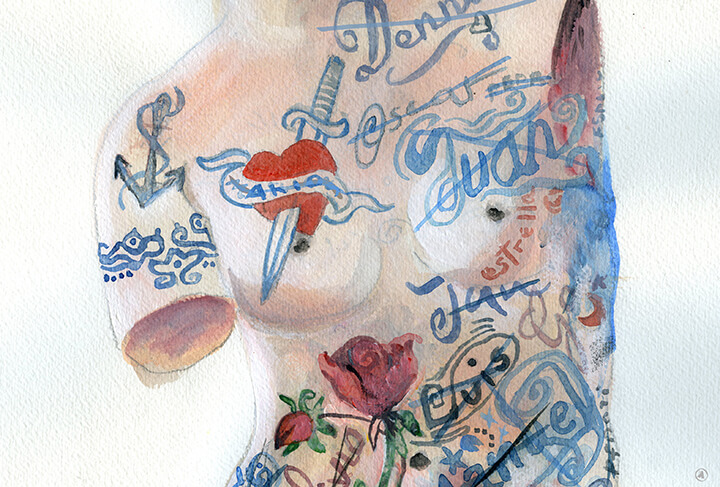
Prehistory
The prehistoric Paleolithic Venus are female figurines from 4 to 25 cm. Big belly, buttocks and extremely large breasts. The rest of the body, arms, feet and face are not there. Venus symbolizes the power of nature and fertility. In Neolithic times, with the advent of agriculture, we found a female goddess, a nature goddess, protector of the life cycle, the agricultural cycle, from seed to food.
Classical art
Classical art is based on nature, to imitate it, and on the theme of man. In classical art predominates harmony and balance.
Greeks
Aphrodite is the Greek goddess of love and beauty, the Romans called her Venus. Aphrodite was one of the 12 main gods who lived on Mount Olympus by Zeus, the supreme god.
Aphrodite was originally a Goddess Mother of the Mediterranean region. She is associated with the goddesses of Mesopotamia, Ishtar, from where they would be in Cyprus and from this island to the rest of Greece. The cult of Venus as an oriental origin.
Myth: Titan Cronos had cut off the genitals of his father Uranus, the god of the sky and the first ruler of the universe, and thrown it into the sea. The foam that was formed by the water was the source of Aphrodite, afros in Greek means “foam”. When he walked to the coast Aphrodite came there as a young woman.
Aphrodite is described as a very seductive young perfect woman. Beside her was always her son Eros (Cupid), the small winged god of love with bow and arrows. Aphrodite usually appears on a goat, a goose or dolphin. She can have an apple in her hand, the apple is a symbol of fertility and maturity. This is linked to the story of the Bible Eve (Adam and Eve). Eve eats the apple and is expelled from paradise.
The way to depict Aphrodite in the classical Greek art changes over the time. Aphrodite is depicted in the beginning as dressed with wet cloths showing a piece of anatomy. Over time, she was portrayed topper. This begins shedding its sheath, showing a breast, erotic touch. Later, the tunic was a bit lower on her torso and the goddess appears half-naked. And finally, completely naked, in a situation such as before the start of a lustral bath (ritual bath with plants or flowers with spiritual character).
Among the semi-nude sculptures include the famous “Venus de Milo”, which has become a universal icon and is considered the canon of female beauty.
There were celebrations for Aphrodite, Aphrodisias was an annual festival, where she was honored by sensual love. It was very popular especially among prostitutes, who regarded her as their patron saint.
Plato distinguished between two types of Aphrodite: Heavenly Aphrodite, who covered the spiritual love; and Aphrodite of passion-sexual love.
Romans
After the conquest of Greece by Rome, Greek iconography is taken over for their own gods. As Aphrodite, the patron of the Roman people, the leaders considered her a matriarch.
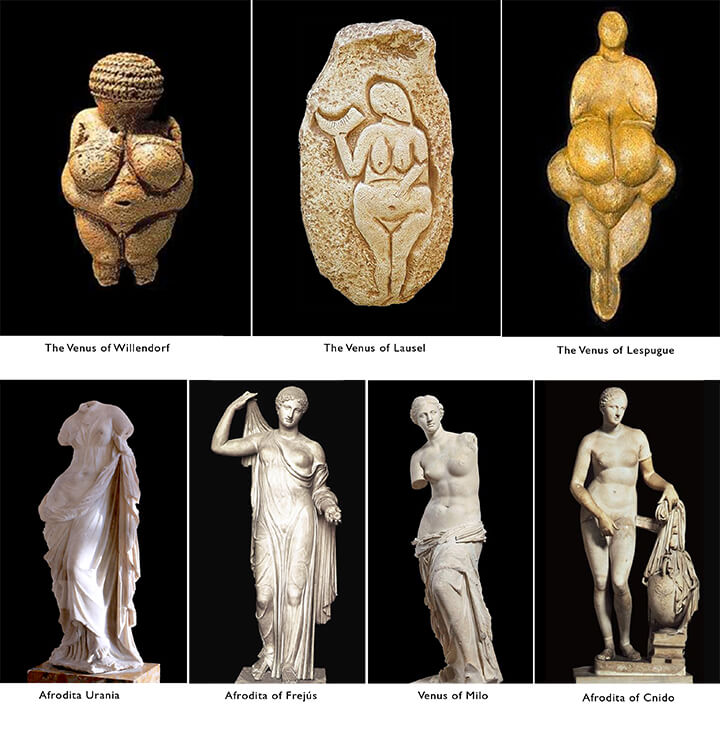
Middle Ages
With the rise of Christianity everything related to the pagan religions and with the naked was banned. The figure of Venus, attached to the sin of lust was put in front of the Virgin Mary, symbol of purity. Dressed as Venus appears allude to the representation of the planet Venus. In medieval art, there is no nudity. It is limited to the few scenes from the Bible, Adam and Eve in paradise or martyrdom and crucifixion of Jesus Christ. During 1000 year was the naked woman taboo.
Renaissance (XV-XVI century)
In the Renaissance, the models from the Greek and Roman classics were restored. There reappear mythological themes. The figure of Venus glorified feminine beauty, sensual beauty. Man becomes central, this is a new way of understanding the world, away from religious rules.
After 10 centuries, without the display of naked women, Boticelli made yet another body without clothes in his painting “The Birth of Venus”. He made anatomical studies of the body of his goddess.
From this moment is the female nude in art common. From Italy, where the paintings of naked goddesses were very into mode, these were distributed by the rest of Europe. It was possible thanks to the support of nobles and wealthy merchants who demonstrated their privileged position in society.
Titian (s. XVI) gives an erotic character to the figure in his painting “Venus of Urbino”, something new at that time. Here the goddess looks at the viewer with a seductive look. She is accompanied by a small dog and maids, so she loses the divine connotation. This mythological goddess disappears to be more a portrait of a courtesan.

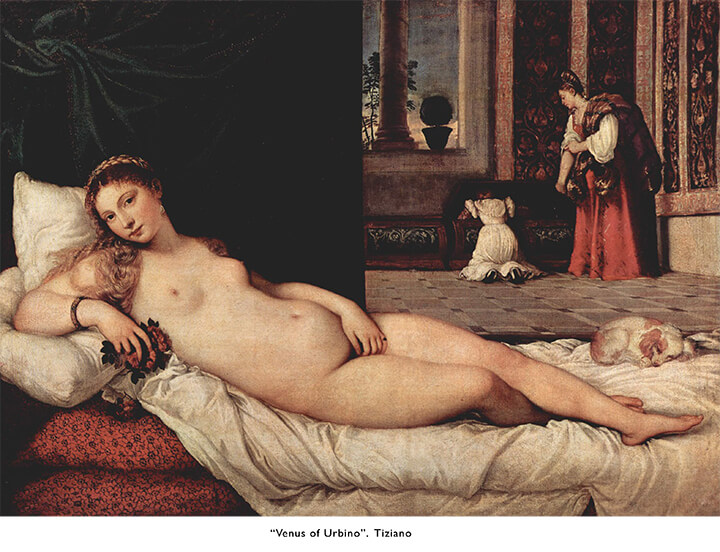
Baroque (XVII century – begin XVIII century)
The baroque Venus remains a favorite subject. The female nude was dominant as an object of pleasure of the aristocratic class. Dynamic forms are displayed, one goes to the surprising and anecdotal, uses optical illusions and mirrors. The theme of the bath of Venus appears with all its elements as boudoir. Venus is now a lady of that time.
Velázquez interferes with his “Rokeby Venus” the naked and the mirror. The uniqueness of this work is the presentation of the nude from the back, without insinuating anything. Through the mirror of the goddess is introduced into the surface of the viewer, it directly gazes toward us. The painting is about beauty. The nude was a difficult topic in Spain at that time, it was condemned by the church. http://www.elestudiodelpintor.com/2013/12/la-venus-en-el-espejo/

XIX century
In the nineteenth century the nude was plentiful. At present, the academic art restricted where naked only was as an expression of ideal beauty and is accepted within a puritanical atmosphere of nineteenth-century society. Impressionism was a deep innovative movement, which marked a break with the academic art and brought about a transformation of artistic language. This was opening the way to avant-garde movements. In the painting “Olympia” by Manet Venus is depicted as a prostitute. The painting was presented at the Paris Salon and was a scandal. The painting “Olympia”, as a young, slender woman was presented together with paintings in which bulky women were portrayed as goddesses.
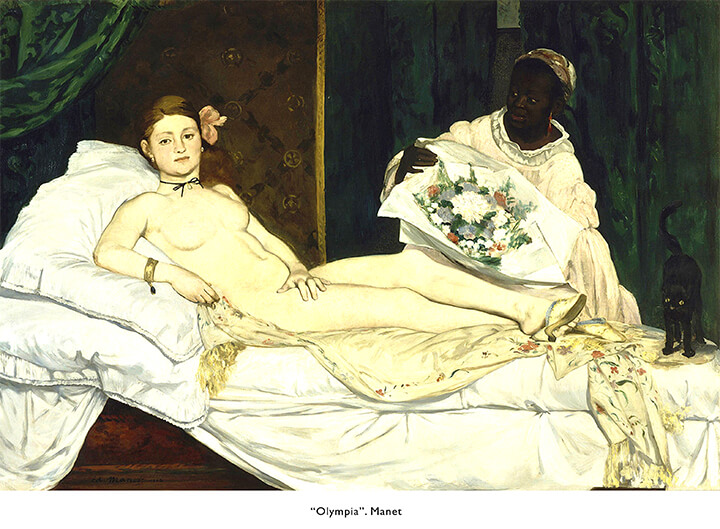
XX century
It is a time of profound and rapid change, with scientific and technological progress and unimaginable developments such as the first man on the moon. All this caused a great impact on society, in the way of thinking and looking. Emerging artistic movements, the avant-garde, with the goal of integrating art into society and post-modern art, where the creative idea is valued, the concept. The nude is now seen as something natural, without moral disapproval. The theme of Venus is still used, with varied meanings and forms, also in advertising.
“The Venus of the rags.” Michelangelo Pistoletto.
It is a montage of the famous Venus. “The Venus of the rags” is part of the Arte Povera (poor art). It is surrounded by a patch to where access a cave is simulated. The figure was plaster and bought in a garden store with series statues along the highway. This work is made to forget the art of the past and trivialize. This one by the serial reproduction of classical sculpture around the pile of rags which could mean the female uterus.
“Venus de Milo with drawers”. Salvador Dalí.
The reason for the drawers is for Dalí as an allusion to the psychoanalyst, opening the secret drawers of man. Moreover, the ‘Venus de Milo with drawers “an ironic commentary on the canon of female beauty and an attack on the morale of his time.
“Birth of Venus” Andy Warhol.
Pop art thrives on myths of our society. Pop art in general use familiar images from the popular culture. Among the themes used are fame, sexuality, consumerism and industrialization of society. “The Birth of Venus” by Andy Warhol comes with the first two themes.
Advertisement
Advertising is a form of communication that is directed to increase the consumption of a product or service. Develop an appropriate message to potential buyers. Venus is a delimited, over the centuries as concept. The product that has this name possesses those qualities. Two examples, Venus razor (female beauty), Venus crayons (Academic beauty).

Venus is a source of inspiration for artists of all time. Venus, the goddess of love and beauty, two contrasts, both heartbreaking passion and celestial harmony. Her story teaches us how man thinks about love and naked. Eventually she makes us naked with her history and teaches us who we are.

The Rijksmuseum, Amsterdam, has a section on its website where they talk about the mythological representations in their collection, including Venus. https://www.rijksmuseum.nl/nl/rijksstudio/onderwerpen/aphroditevenus
The Prado Museum, also on their site, you can browse the collection of mythological gods, even the art of Venus. https://www.museodelprado.es/coleccion/obras-de-arte?ecidoc:p65_E36_p138_represents_concept@@@pm:conceptNode=http://museodelprado.es/items/concept_59
Sources
– ELVIRA BARBA, M. Ángel: Arte y mito. Manual de iconografía clásica. Madrid . Silex
AA.VV. (2009). La Guía del Prado. Madrid: Museo Nacional del Prado.
http://fahrenheitmagazine.com/fotografias/venus-en-el-arte/
http://mitosyrelatos.com/europa/mitologia-griega-romana/afrodita-o-venus/
http://www.elestudiodelpintor.com/2013/12/la-venus-en-el-espejo/
http://www.elestudiodelpintor.com/?s=Venus
http://misgrandesobrasdearte.blogspot.nl/2009/11/la-venus-de-los-262-trapos1967-de.html7.”La venus de los 262 trapos” (1967) de Michelangelo Pistoletto
http://www.decorarconarte.com/Paginas-de-Historia-del-Arte/Venus-a-lo-largo-de-la-Historia-del-Arte
https://prezi.com/a_pwvkdn1ooj/de-ontwikkeling-van-venus-in-de-kunst/ Imagenes venus
https://es.wikipedia.org/wiki/Isis
https://es.wikipedia.org/wiki/Venus_paleol%C3%ADticas
https://es.wikipedia.org/wiki/Mitolog%C3%ADavenus
https://es.wikipedia.org/wiki/Venus_(mitolog%C3%ADa)
https://es.wikipedia.org/wiki/Arte_del_Renacimiento
https://potnia.wordpress.com/tag/venus-neoliticas/

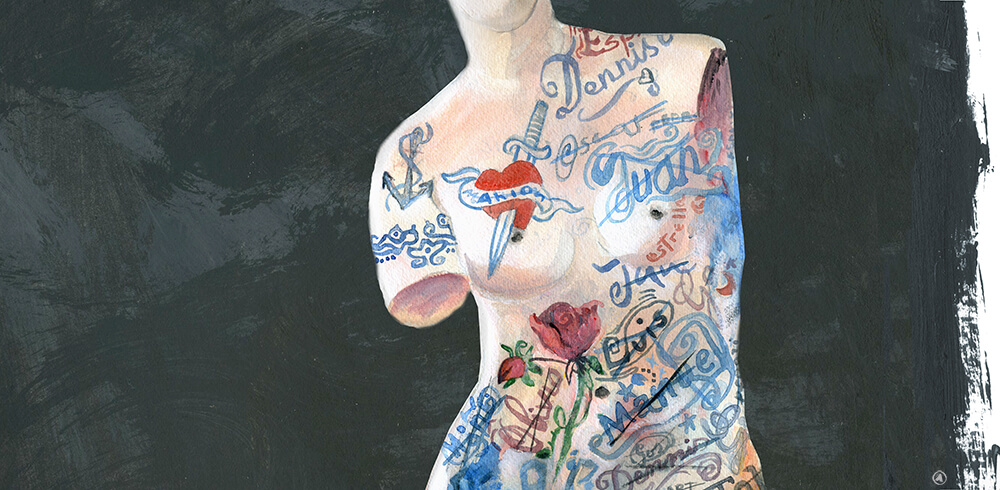



No Comments